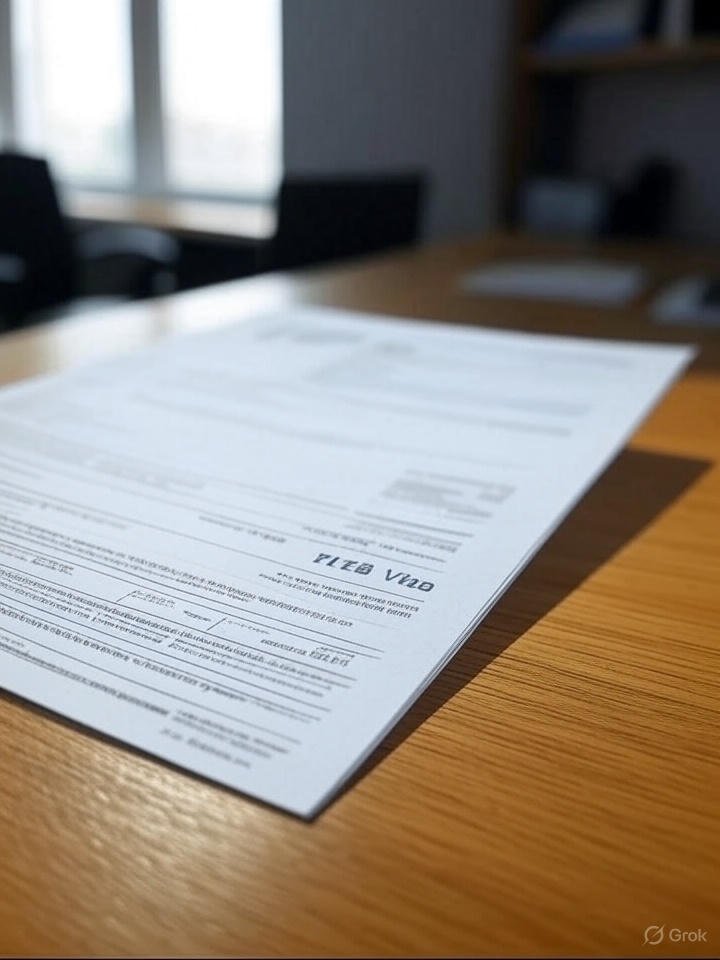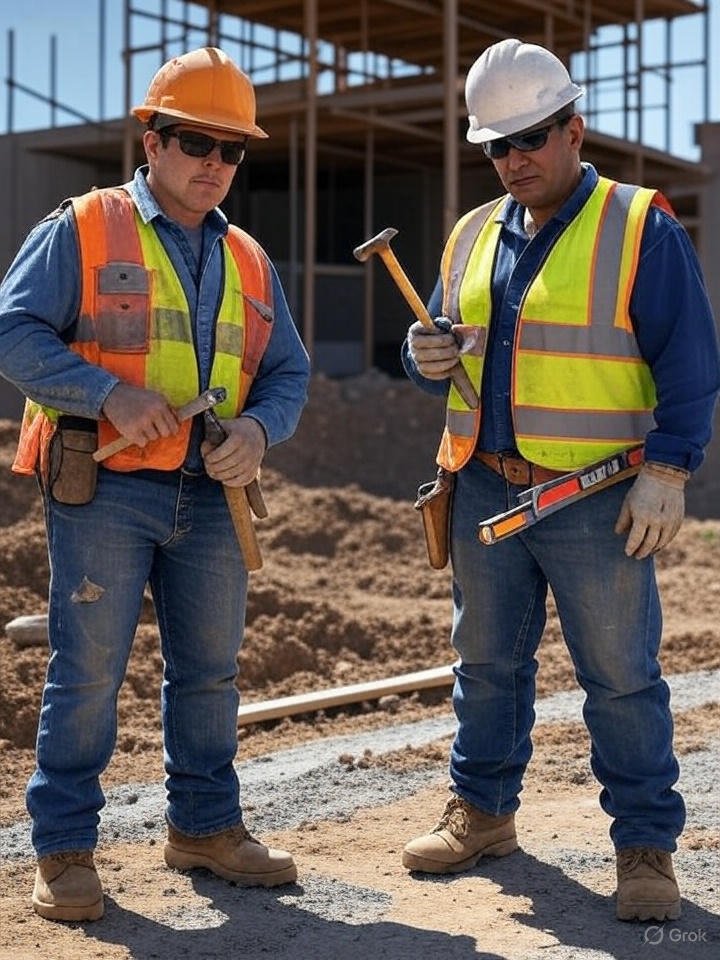Caregiver jobs in Australia with visa sponsorship are a golden opportunity for compassionate individuals eager to make a difference while building a career Down Under.
Picture yourself supporting elderly clients in a cozy Melbourne care home or assisting with in-home care in sunny Queensland, all with the backing of a sponsored visa.
With over 50,000 aged care vacancies in Australia in 2024, many offering sponsorship, the demand for caregivers is soaring (Australian Government Department of Health, 2024).
Advertisements
You have been blocked from seeing ads.
';
endif;
?>
This guide provides a comprehensive roadmap to secure a sponsored caregiver role, packed with practical tips, a success story, and insider strategies to help you succeed.
Why Caregiving in Australia Is in High Demand
Australia’s aging population, projected to reach 8.8 million people over 65 by 2057, is driving a surge in demand for caregivers (Australian Bureau of Statistics, 2024).
Caregivers, often called aged care workers or personal care assistants, support elderly or disabled individuals in care homes, in-home settings, or community programs.
These roles are vital in states like Victoria, New South Wales, and South Australia, where aged care facilities are expanding.
Caregiving jobs offer competitive salaries, professional training, and a chance to work in a multicultural, supportive environment. For international applicants, visa sponsorship makes Australia accessible, with pathways to permanent residency.
The challenge? Navigating visa requirements, Australian qualifications, and a competitive job market requires careful planning.
Understanding Visa Sponsorship for Caregivers
To work as a caregiver in Australia, international applicants typically need the Temporary Skill Shortage (TSS) Visa (Subclass 482) or the Regional Sponsored Migration Scheme (Subclass 494). Key requirements include:
- A job offer from an employer with a Standard Business Sponsorship (SBS) license.
- A Certificate of Sponsorship given by the employer.
- Relevant certifications, such as a Certificate III in Individual Support (Ageing).
- English proficiency via IELTS (minimum 5.0 overall) or equivalent.
- A minimum salary, typically AUD 53,900 annually for aged care workers (Department of Home Affairs, 2024).
Some roles may qualify for the Employer Nomination Scheme (ENS) Visa (Subclass 186) for permanent residency. Check the Skilled Occupation List (SOL) to confirm if “Aged or Disabled Career” is included.
Disclaimer: Visa eligibility depends on your qualifications, job offer, and employer sponsorship status. Consult a licensed migration agent for personalized guidance.
Qualifications and Skills Needed
While some caregiving roles accept experience in lieu of qualifications, formal training is highly valued:
- Certifications: A Certificate III in Individual Support (Ageing) or Certificate IV in Ageing Support is preferred. These courses, available through Australian TAFEs or online, take 6-12 months.
- Experience: Prior caregiving experience, even informal (e.g., caring for family), is beneficial.
- Skills: Compassion, patience, and communication are essential.
- English Proficiency: IELTS or PTE Academic is required for visa-sponsored roles.
Unique Insight: Enroll in a free online course on dementia care from Dementia Australia to enhance your resume and appeal to aged care employers.
Top States for Caregiver Jobs with Sponsorship
Australia’s states offer diverse caregiving opportunities:
Victoria: Aged Care Hub
Melbourne’s care homes and in-home services need caregivers, with salaries from AUD 50,000 to AUD 65,000 annually (Seek Australia, 2024).
New South Wales: Urban and Regional
Sydney and regional areas like Newcastle offer sponsored roles in residential care, with relocation support.
Queensland: Community Care
Brisbane and regional towns need in-home caregivers, often with visa sponsorship for rural roles.
South Australia: Growing Sector
Adelaide’s aged care facilities hire international caregivers, with training included.
Disclaimer: Salaries vary by role, experience, and location. Check specific job listings for accurate figures.
How to Find Caregiver Jobs with Visa Sponsorship
Securing a sponsored caregiver job requires strategy. Here’s how to start:
1. Search Job Boards
Use Seek, Jora, and Indeed to find roles with “visa sponsorship.” Filter for “aged care” or “caregiver.”
2. Partner with Recruitment Agencies
Agencies like Hays Healthcare, Chandler Macleod, and Healthcare Australia specialize in aged care placements, often assisting with visas.
3. Network on LinkedIn
Follow aged care providers like Bupa or Opal HealthCare and join groups like Australia Aged Care Jobs. Engage with recruiters.
4. Tailor Your Application
Highlight caregiving experience, qualifications, and English proficiency. Mention visa eligibility to reassure employers.
5. Prepare for Interviews
Interviews focus on empathy and practical skills. Be ready to discuss scenarios like supporting a client with mobility issues or managing dementia behaviors.
Unique Insight: Create a caregiving portfolio with anonymized case studies of clients you’ve supported. Share it digitally with employers to showcase your expertise.
Success Story: Ana’s Melbourne Mission
Ana, a caregiver from the Philippines, dreamed of working in Australia. After completing a Certificate III in Individual Support online, she applied through Healthcare Australia and landed a role in a Melbourne care home.
Her employer sponsored her TSS visa, and she now earns AUD 55,000 annually. “The training was crucial,” Ana says. “It showed employers I was ready to contribute.” Today, Ana is pursuing a Certificate IV and a permanent residency pathway.
Challenges and Solutions
Caregiving in Australia comes with hurdles like visa costs, cultural adaptation, and demanding workloads. Here’s how to overcome them:
- Visa Costs: Sponsorship fees (around AUD 1,200) may be covered by employers. Clarify during job negotiations.
- Cultural Adaptation: Learn Australian aged care standards, like person-centered care, through free resources from Aged Care Quality and Safety Commission.
- Workload: Caregiving is physically demanding. Take manual handling courses to work safely and join support groups like Aged Care Workers Australia.
Benefits of Caregiver Jobs in Australia
Caregiving roles offer:
- Competitive Salaries: Starting salaries range from AUD 50,000 to AUD 65,000, with senior roles up to AUD 80,000 (Seek Australia, 2024).
- Training Opportunities: Employers often fund Certificate IV or dementia care courses.
- Residency Pathway: TSS and Subclass 494 visas can lead to permanent residency.
Disclaimer: Salaries and benefits vary by role, experience, and employer. Verify details with job listings.
Common Mistakes to Avoid
- Ignoring Regional Roles: Rural areas like Queensland’s Outback offer better sponsorship odds and less competition.
- Generic Applications: Tailor your CV to highlight aged care skills like dementia support.
- Skipping Training: A Certificate III significantly boosts your employability.
FAQs About Caregiver Jobs in Australia with Visa Sponsorship
Do All Caregiver Jobs Offer Sponsorship?
No, only employers with an SBS license can sponsor. Check job listings for “visa sponsorship.”
How Long Does the Visa Process Take?
TSS visas typically take 1-3 months, depending on employer support.
Which States Are Best for Caregivers?
Victoria and NSW lead, but regional Queensland and South Australia offer sponsorship opportunities.
People also read: Part-Time Warehouse Jobs in the UK
Ready to start your caregiving career in Australia? Begin by researching the SOL, enrolling in a Certificate III, and searching job boards like Seek. Connect with recruitment agencies, tailor your CV, and explore regional roles. With dedication, you’ll secure a sponsored job that transforms your future.
Success Story: Raj’s Queensland Quest
Raj, a caregiver from India, landed a sponsored role in a regional Queensland care home. He completed a Certificate III and worked with Hays Healthcare to navigate the TSS visa process.
Earning AUD 58,000 annually, Raj loves the rural lifestyle. “Regional jobs were the key,” he says. “They offered sponsorship and a warm community.” He’s now on track for permanent residency.





